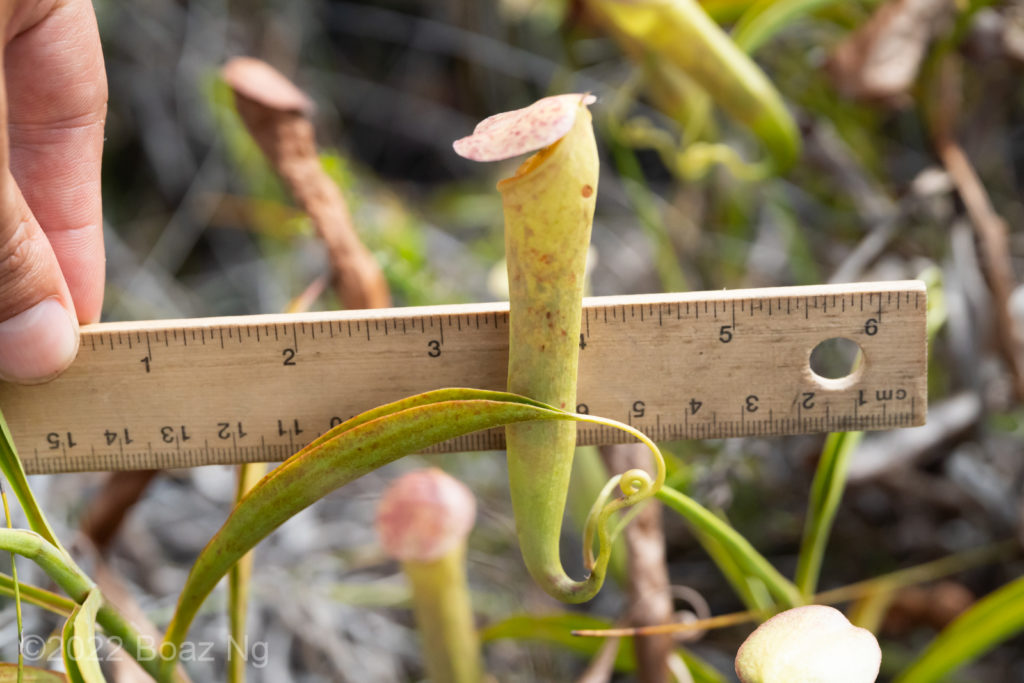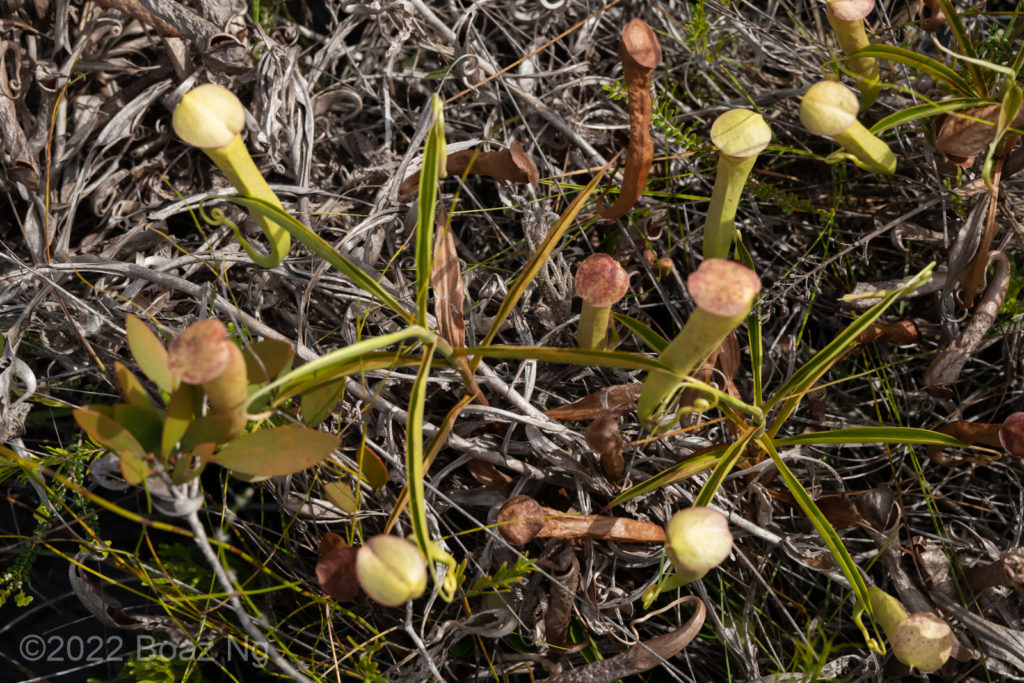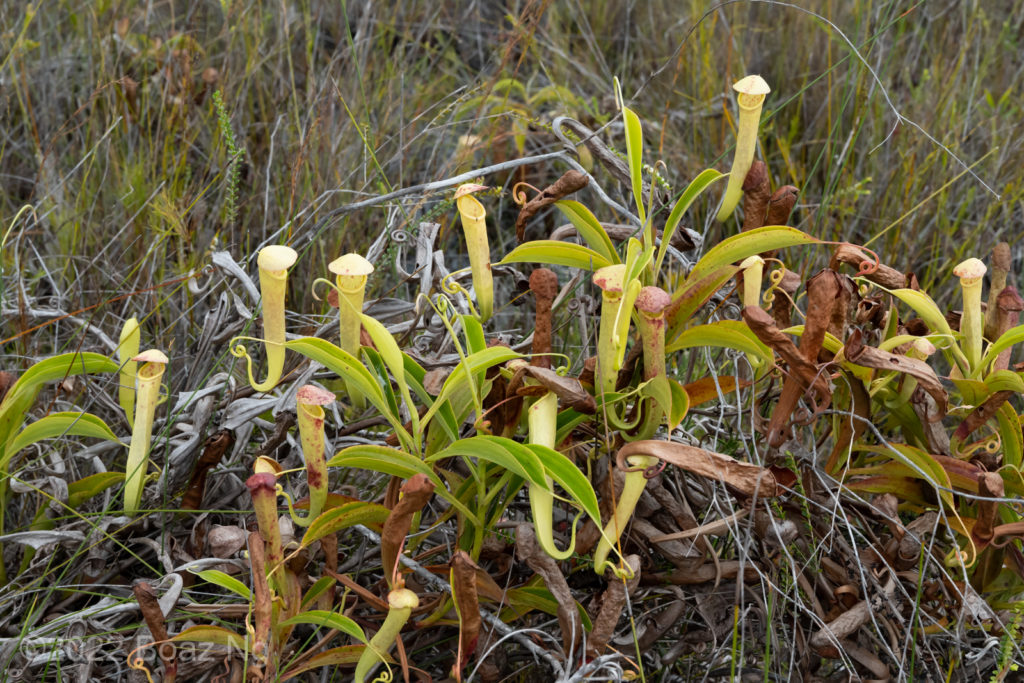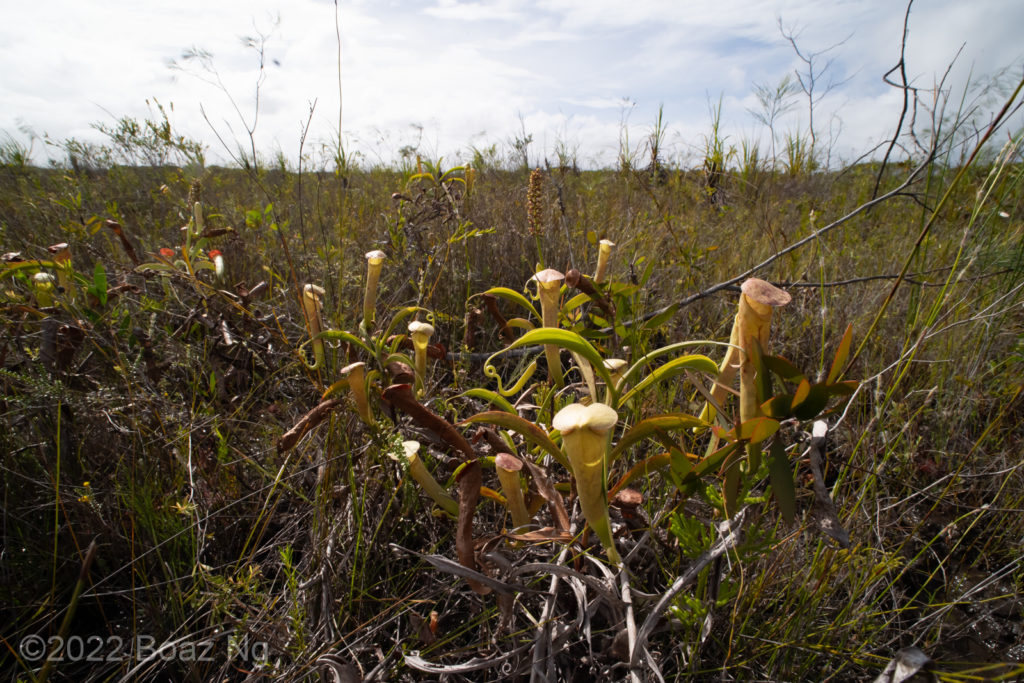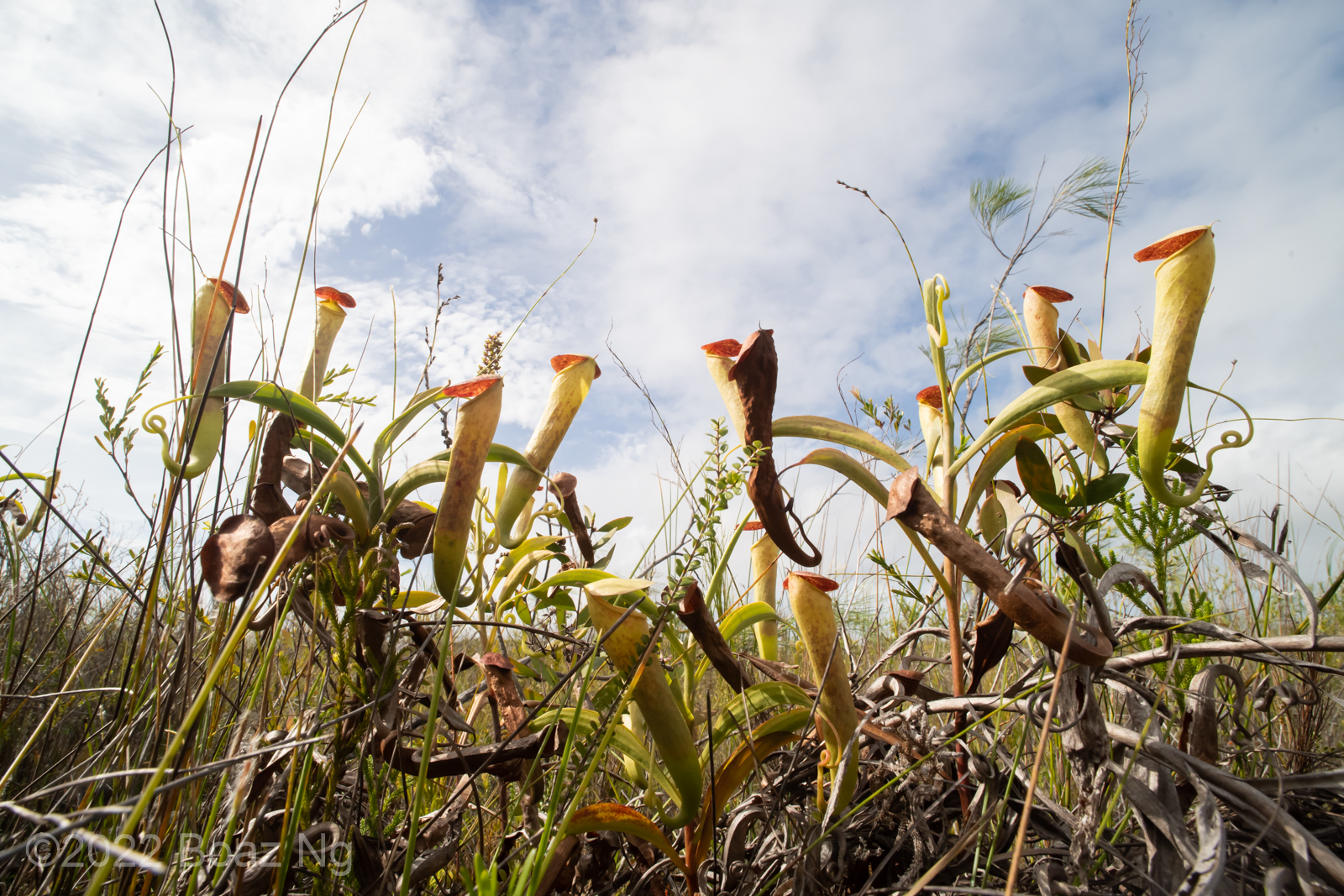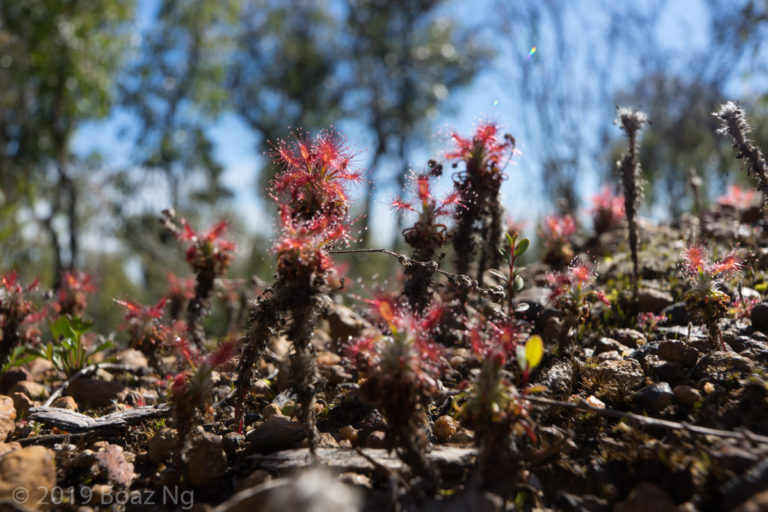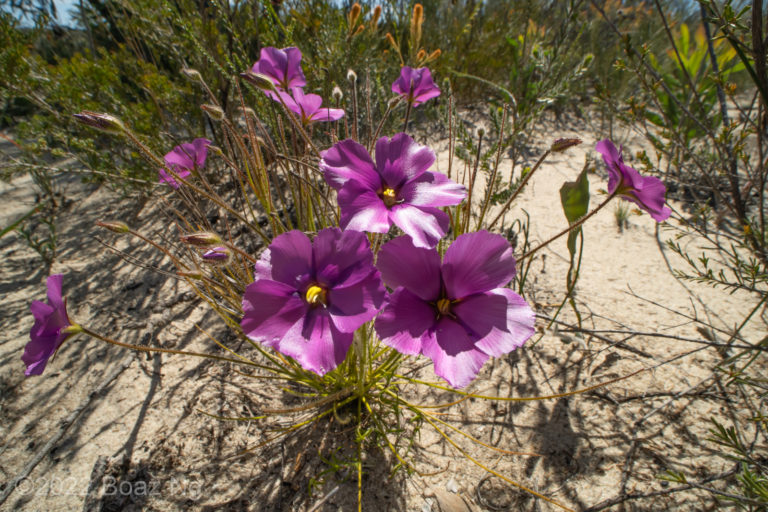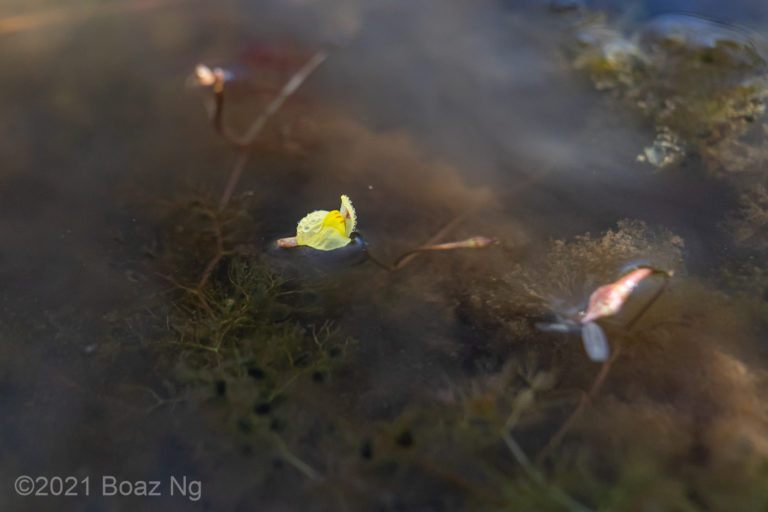Nepenthes tenax is endemic to the swamps of northern Cape York, NE Australia. The taxon is notable for its interesting growth habit where the pitchers are elevated above the rosette by stiff tendrils.
N. tenax, as originally described by Clarke & Kruger (2006) is a small plant growing up to about thigh height. It’s pitchers are greenish, funnel-shaped and have an indistinct ‘hip’ towards the lower part of the pitcher. These pitchers are elevated high above the petiole by a short, stiff coiling tendril. The leaves are slender and deeply folded along the midrib. A handful of active leaves are present at once, and are spaced close together in a loose rosette. Plants are self-supporting.
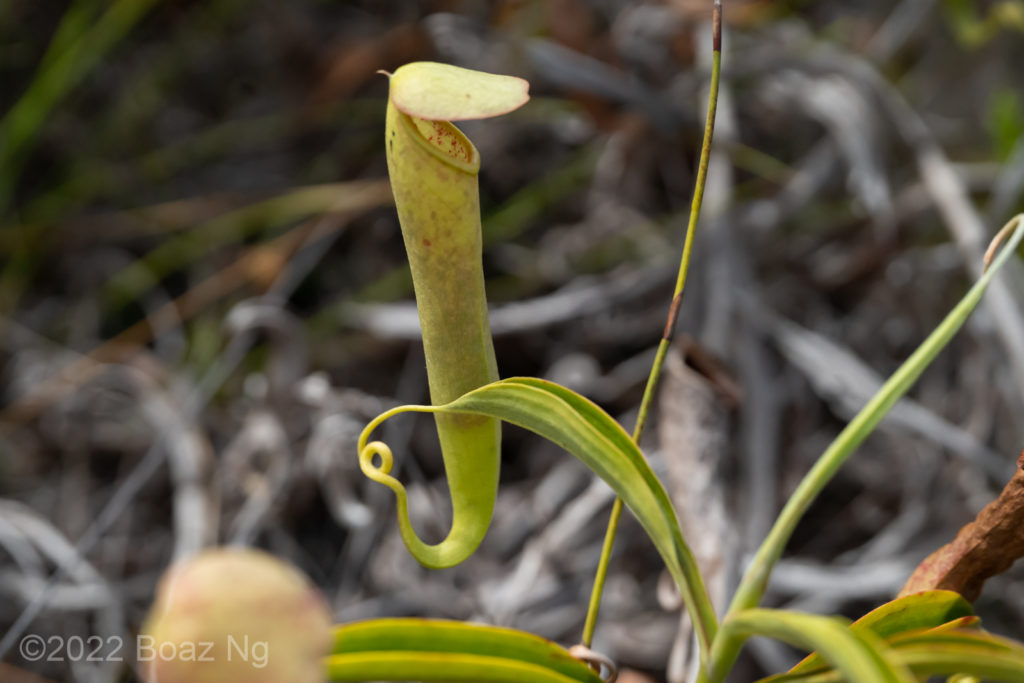
In nature, a smooth continuum of hybrids fully bridge the phenotypic gap between N. tenax and N. mirabilis. N. tenax typically grows in waterlogged peat deep in the floodplain whereas N. mirabilis is found towards the sandy periphery of the swamps. Intermediate plants are often abundant, growing in the transitional zone as well as interspersed within N. tenax patches.
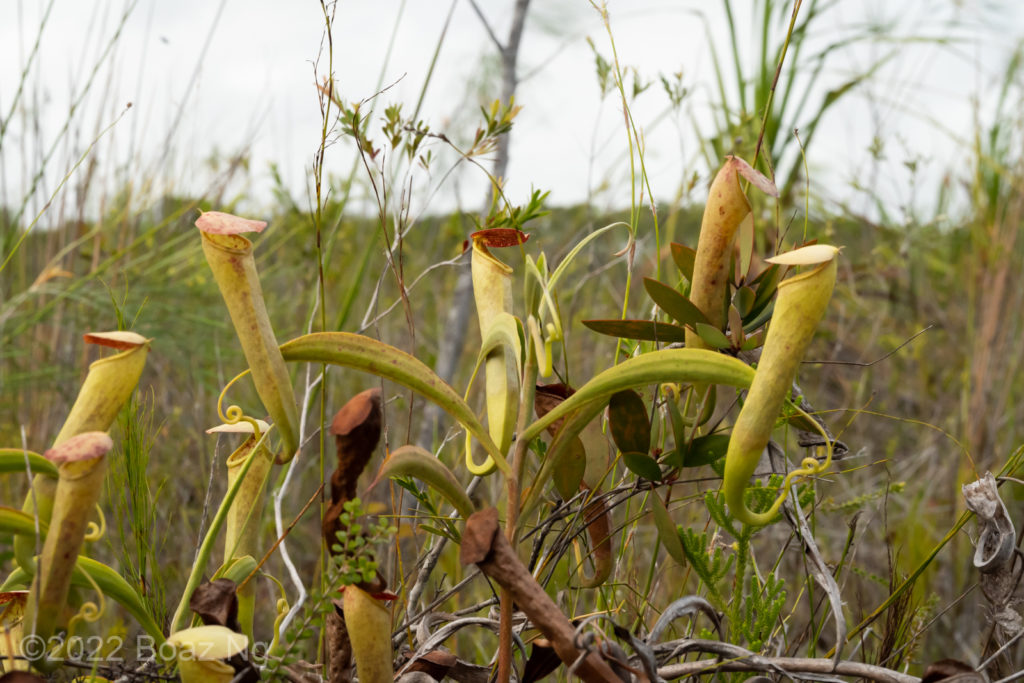
In a species complex where such a spectrum exists, it is by necessity that a somewhat arbitrary line be drawn in the continuum to delineate taxa. Clarke describes plants most divergent from N. mirabilis whereas Lowrie’s treatment accepts plants slightly further back in the spectrum. The showier and larger intermediates are often confused for ‘pure’ N. tenax in the field.
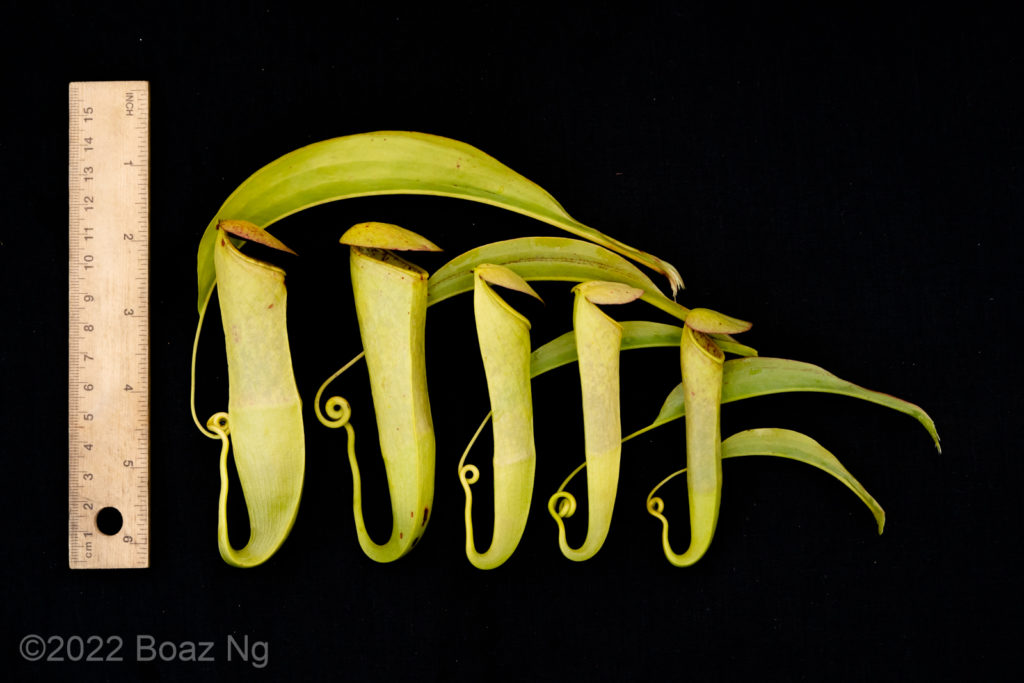
Character traits that indicate introgression from mirabilis include a large size, pitchers with a midpoint that hangs lower than the petiole, a well-pronounced hip in the pitcher, loosely folded large leaves with a distinct petiole, well-spaced leaf nodes, double-coiling or an extra kink in the tendril, twining of the tendril around supporting plants and a scrambling habit.
